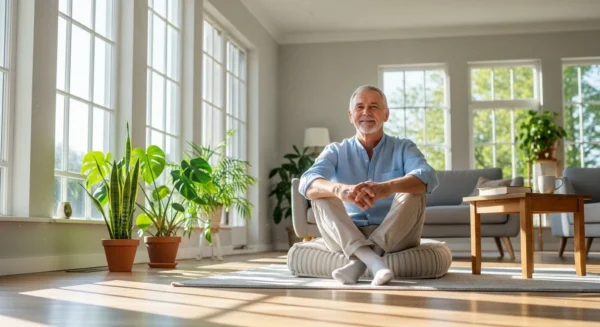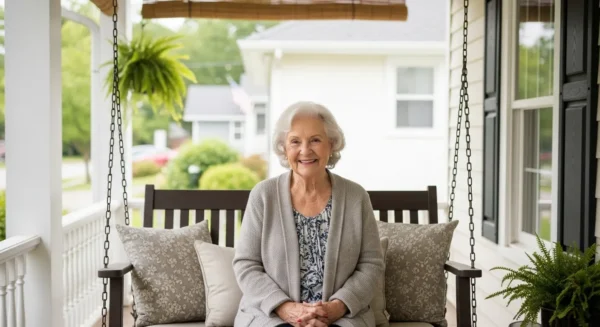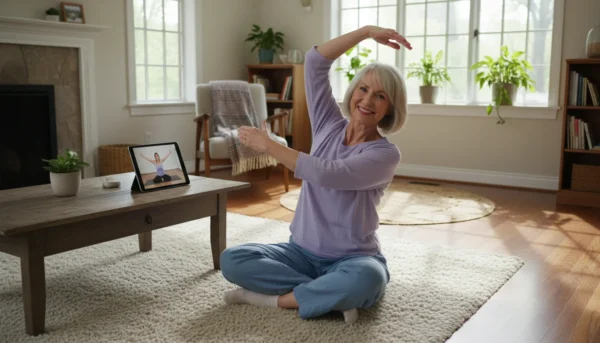The Complete Guide to Senior Co-Housing Communities
Retirement offers a remarkable opportunity to redefine how you live, connect, and thrive. You envision a vibrant future filled with purpose, community, and genuine connections. Many traditional living arrangements, however, often lead to isolation for seniors. Picture yourself instead in a community where neighbors actively support each other, share meals, and pursue common interests. This vision is not just a dream, it is a reality for thousands of retirees choosing senior co-housing communities.
Senior co-housing presents an innovative solution to common retirement challenges, fostering a lifestyle rich in social engagement and mutual support. This guide explores everything you need to know about senior co-housing, from understanding its unique model to finding the perfect community for your next chapter. Discover how this intentional community approach can enrich your golden years, providing both privacy and profound connection.
Table of Contents
- What is Senior Co-Housing?
- Why Consider Co-Housing in Retirement?
- Understanding the Co-Housing Model
- The Benefits of Co-Housing for Retirees
- How to Join a Senior Co-Housing Community
- Designing Your Life in a Co-Housing Community
- Real-Life Examples and Success Stories
- Common Concerns and How Co-Housing Addresses Them
- Is Co-Housing Right for You?
- Embrace a Connected Retirement
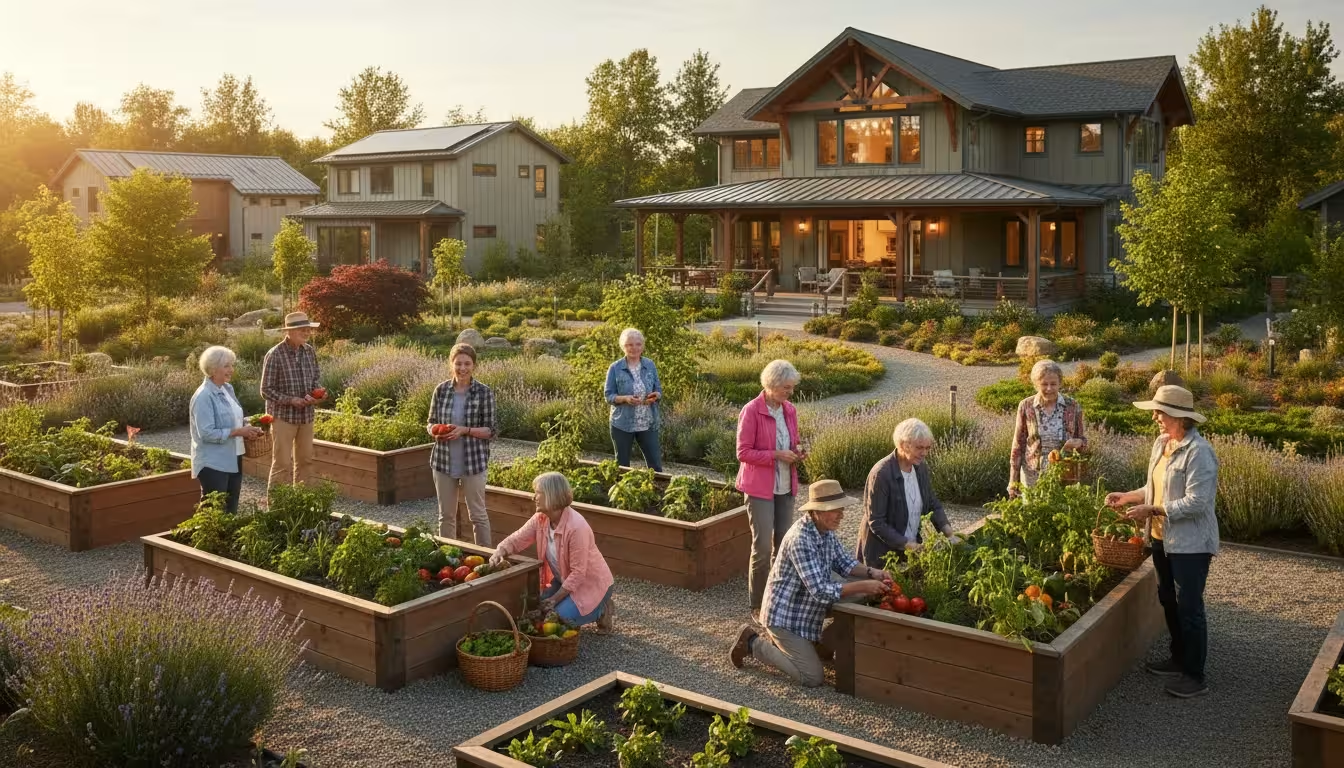
What is Senior Co-Housing?
Senior co-housing communities represent a thoughtful blend of private homes and shared community spaces, intentionally designed to foster connection and mutual support among residents. Imagine a neighborhood where you own your private residence, complete with your own kitchen, living area, and bedrooms, yet share extensive common facilities with your neighbors. These common areas typically include a large “common house” featuring a dining room, kitchen, laundry facilities, workshops, and recreational spaces. Residents actively participate in the planning, design, and ongoing management of their community, embodying a strong sense of ownership and collective responsibility.
This model moves beyond passive retirement living. It creates a vibrant, active environment where shared values and community engagement define daily life. While many co-housing communities welcome all ages, senior co-housing specifically caters to individuals aged 50 or 55 and older, designing environments and activities that support the unique needs and desires of retirees. The concept originated in Denmark in the 1960s and has steadily gained popularity across the United States, offering an appealing alternative to isolated living or traditional senior facilities.
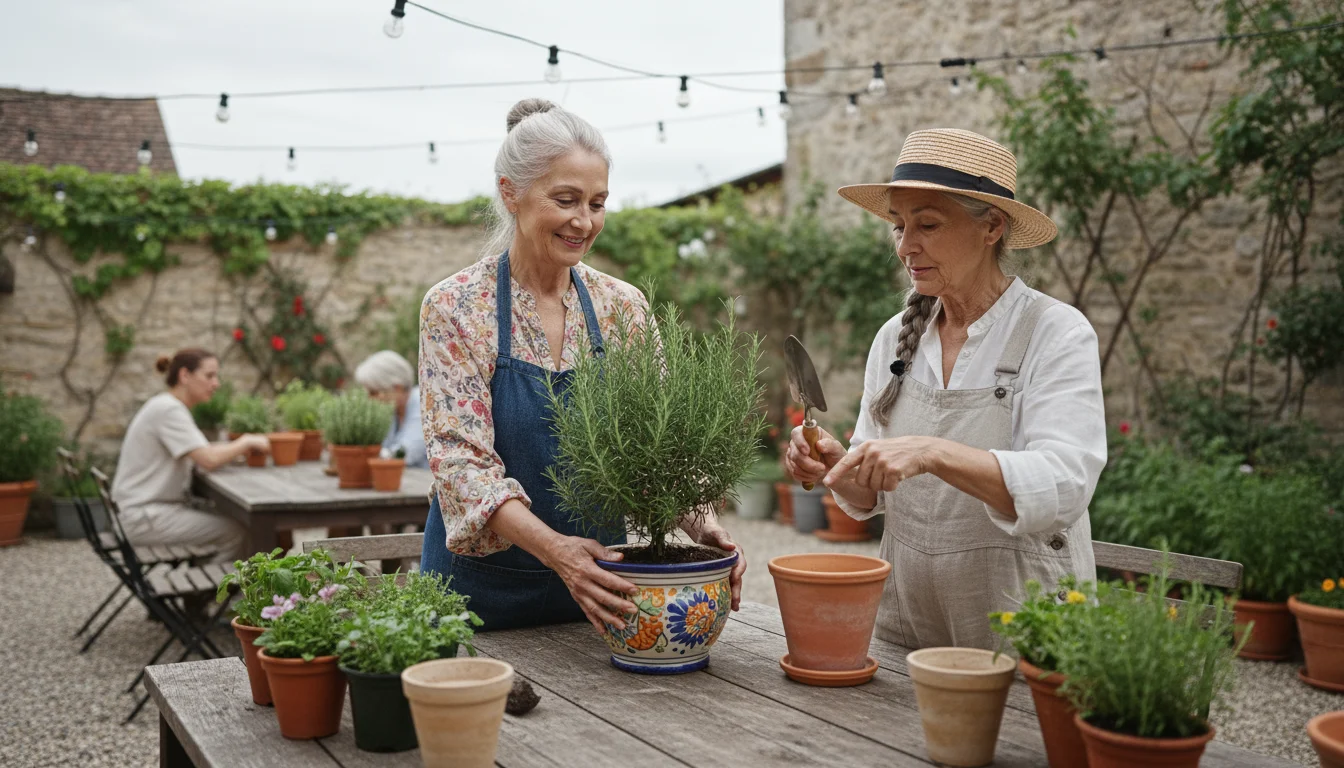
Why Consider Co-Housing in Retirement?
Retirement presents both freedom and challenges. Many seniors grapple with concerns about loneliness, maintaining an active lifestyle, finding purpose, and ensuring support as they age. Traditional homes can feel isolating, especially for those living alone. Senior co-housing directly addresses these concerns, offering a proactive solution to create a fulfilling retirement.
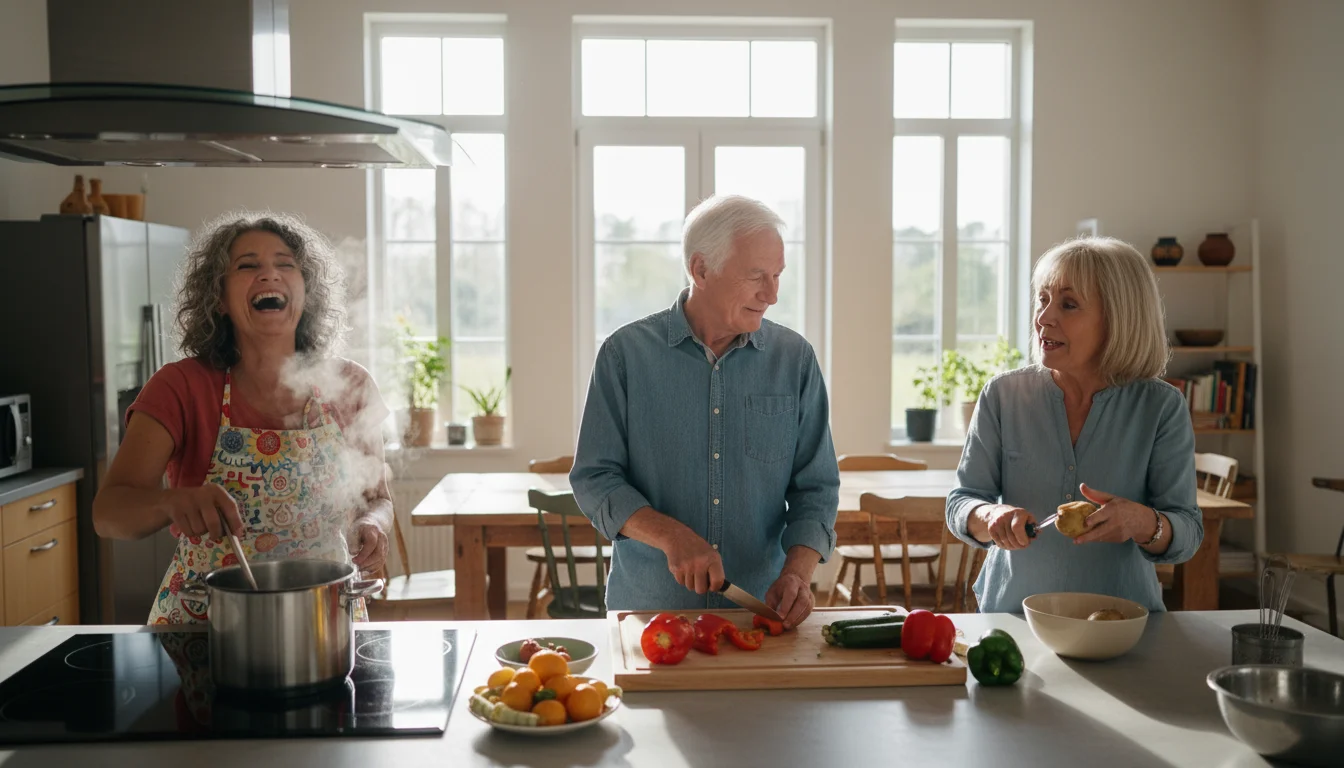
Addressing Loneliness and Fostering Community
Loneliness impacts a significant number of older adults. Studies indicate that social isolation poses health risks comparable to smoking 15 cigarettes a day. Co-housing communities build social connection directly into their structure. You live among people who share similar life stages and interests, creating a built-in support network. Daily interactions, shared meals, and collaborative projects naturally combat isolation, replacing it with genuine camaraderie.
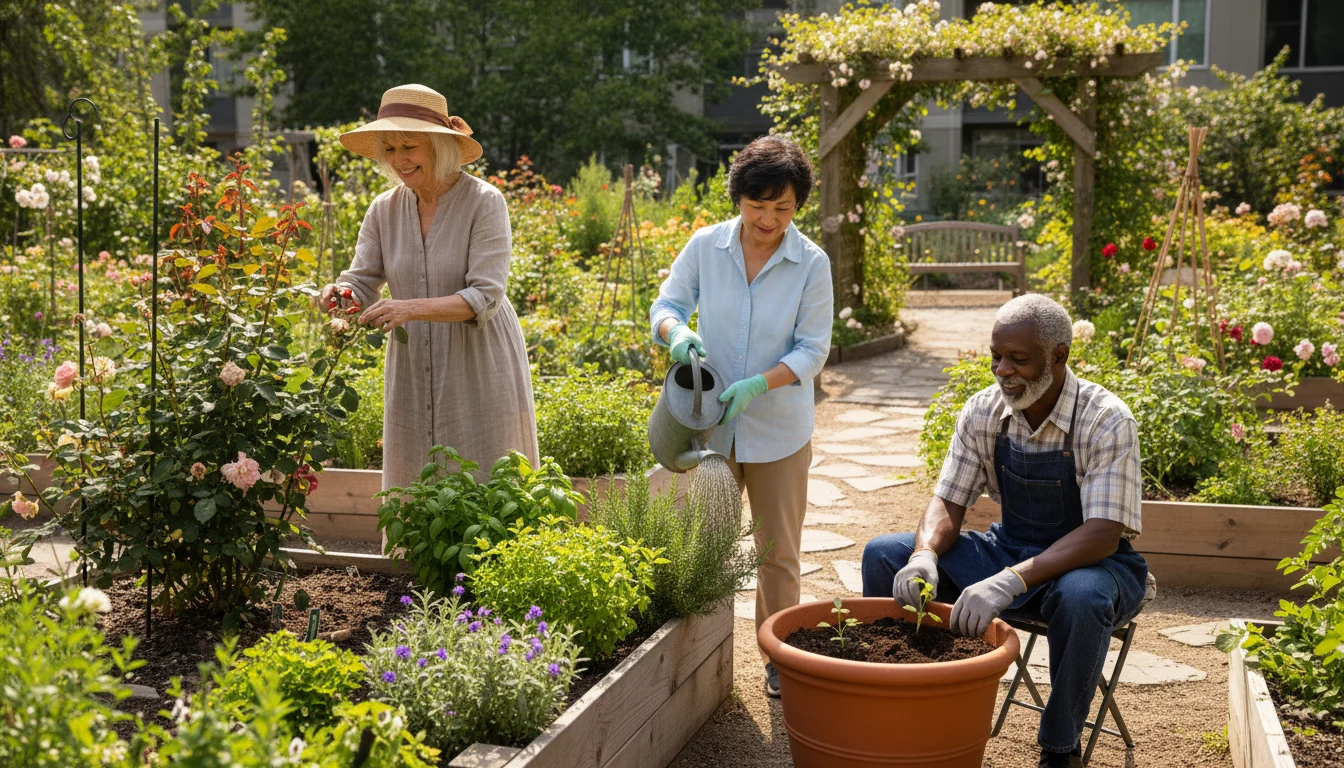
Shared Resources and Reduced Costs
Living alone can be expensive, especially when maintaining a larger home. Co-housing allows residents to pool resources, reducing the individual financial burden of maintaining a property. You own your private unit, but share the costs of maintaining common facilities, landscaping, and sometimes even shared utilities. This communal approach often translates into lower overall living expenses compared to maintaining a traditional single-family home or moving into an independent living facility.
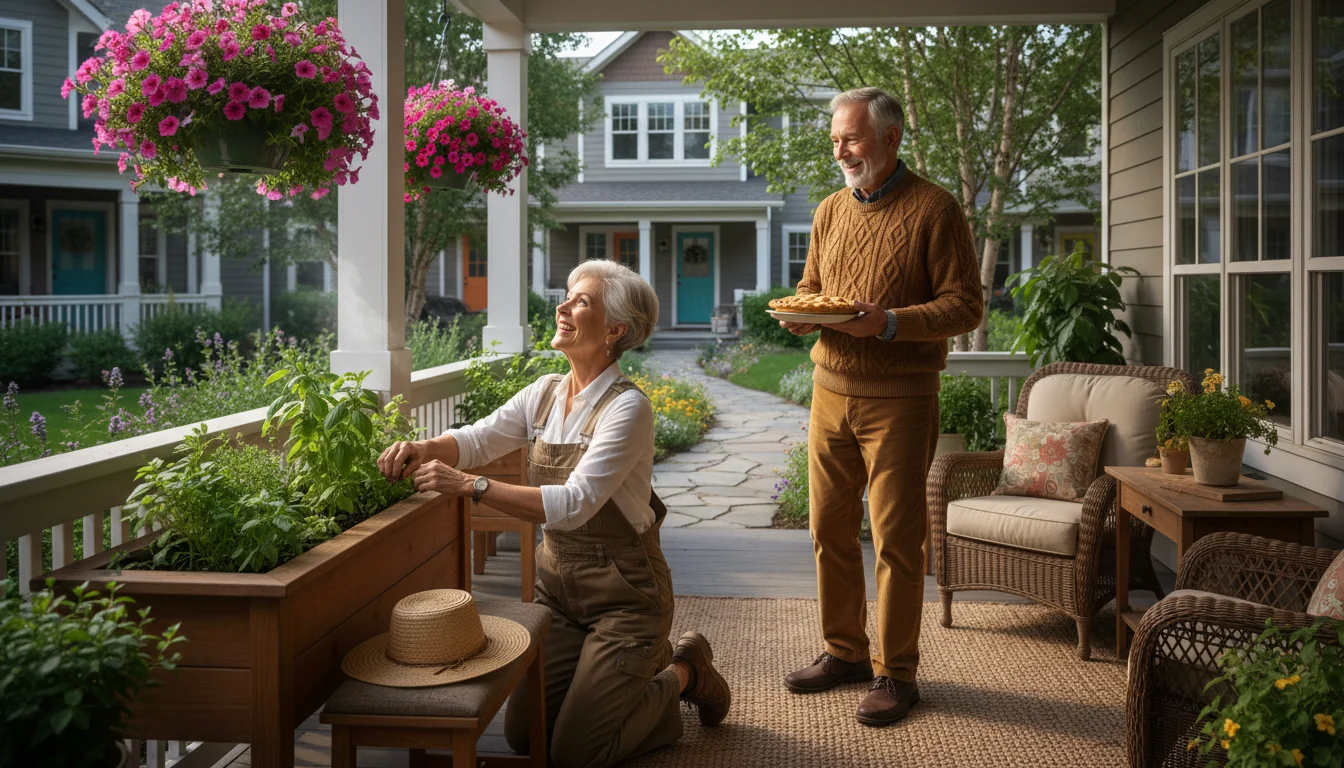
Mutual Support and Aging in Place
One of the most compelling reasons to consider senior co-housing involves the robust support system it provides. Neighbors often assist each other with tasks like transportation to appointments, pet care during vacations, or simply checking in daily. This network allows residents to age in place more successfully, delaying or even preventing the need for higher levels of care. While co-housing communities typically do not offer medical or personal care services, the strong social fabric and mutual aid empower residents to live independently for longer, knowing help is readily available from trusted friends.
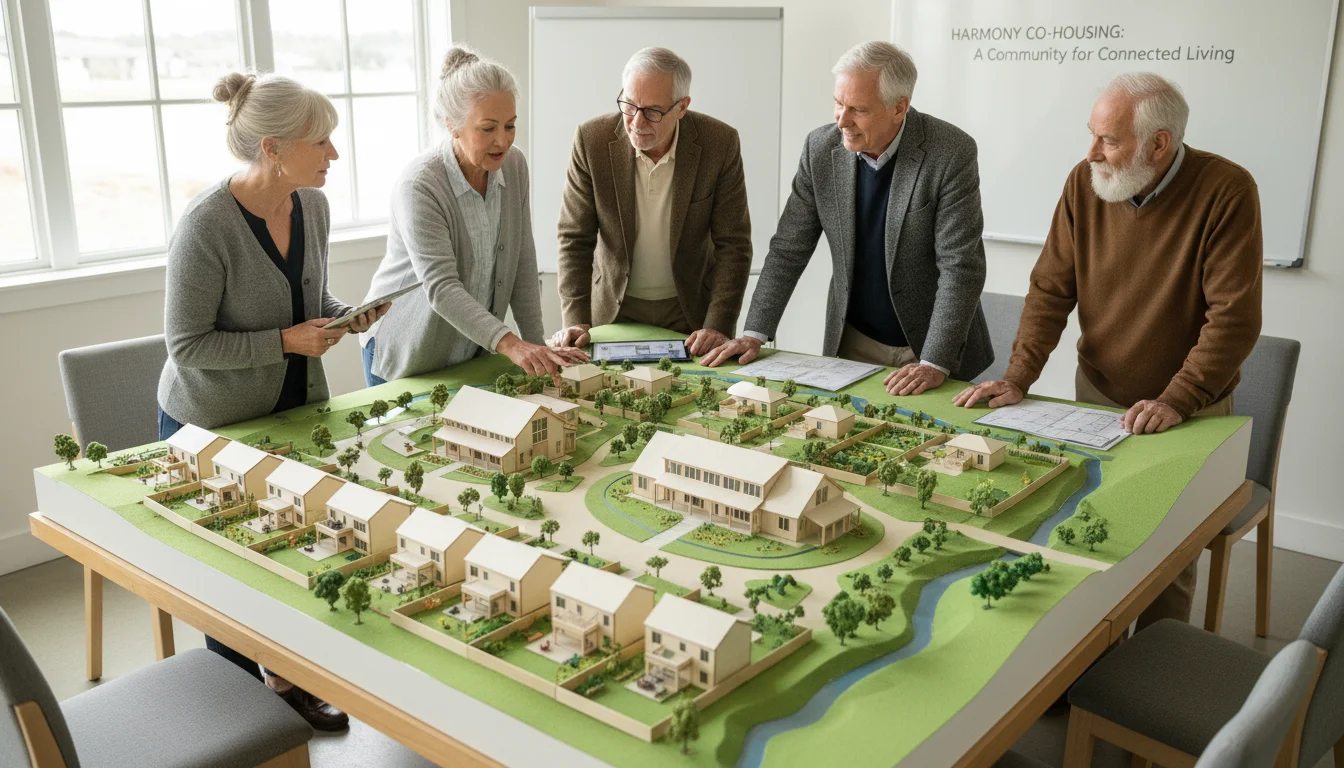
Understanding the Co-Housing Model
To fully appreciate senior co-housing, you must understand its foundational principles. This model diverges significantly from conventional housing developments or even other forms of communal living.
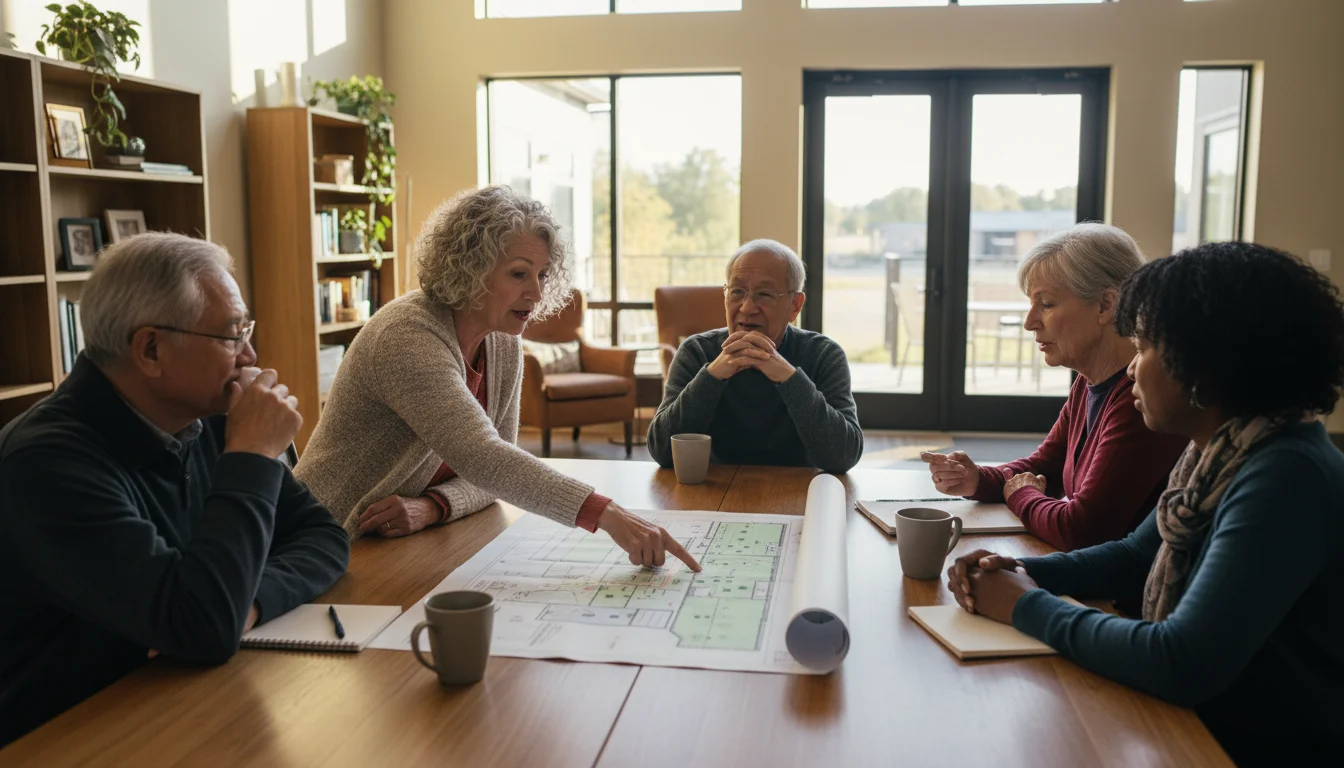
Key Principles: Private Homes, Common House, Resident Participation
- Private Homes: You own or rent a self-contained private dwelling, providing personal space and autonomy. These homes often feature universal design principles, making them accessible as residents age.
- Common House: This central building serves as the heart of the community. It typically includes a large kitchen and dining area for shared meals, lounge areas, laundry facilities, guest rooms, workshops, and sometimes even a library or fitness room. This space facilitates spontaneous interaction and planned activities.
- Resident Participation: This principle truly distinguishes co-housing. Residents actively design, govern, and manage their community. Decisions are made by consensus or supermajority, empowering everyone to shape their living environment. This participation fosters a deep sense of ownership and responsibility.

Types of Co-Housing: Senior-Specific vs. Intergenerational
While all co-housing emphasizes community, you will find variations:
- Senior Co-Housing: These communities specifically cater to older adults, often with age restrictions (e.g., 55+). They design facilities and activities with the needs of seniors in mind, such as flatter terrain, grab bars, and accessible common areas. This focus ensures a peer-group environment.
- Intergenerational Co-Housing: These communities welcome residents of all ages, from young families to retirees. They offer a rich mix of perspectives and activities, providing opportunities for seniors to interact with younger generations and potentially offer mentorship or childcare support.
Both models offer unique advantages. Your choice depends on your preference for a peer-focused environment or a diverse age mix.

The Benefits of Co-Housing for Retirees
Choosing a senior co-housing community provides a multitude of advantages, directly impacting your well-being, finances, and overall quality of life during retirement. These benefits extend far beyond mere shelter, offering a framework for a truly engaged existence.

Social Connection and Combating Isolation
Retirees often face an increased risk of social isolation, especially after children leave home or a spouse passes away. Co-housing offers a powerful antidote. You live among an intentional community of friends and neighbors who regularly interact. Shared meals, often several times a week, provide consistent opportunities for connection. Impromptu gatherings, shared hobbies, and mutual support become part of daily life. Research consistently shows that strong social ties correlate with improved health outcomes and increased longevity. By integrating social interaction into your living arrangement, co-housing proactively supports your social health.
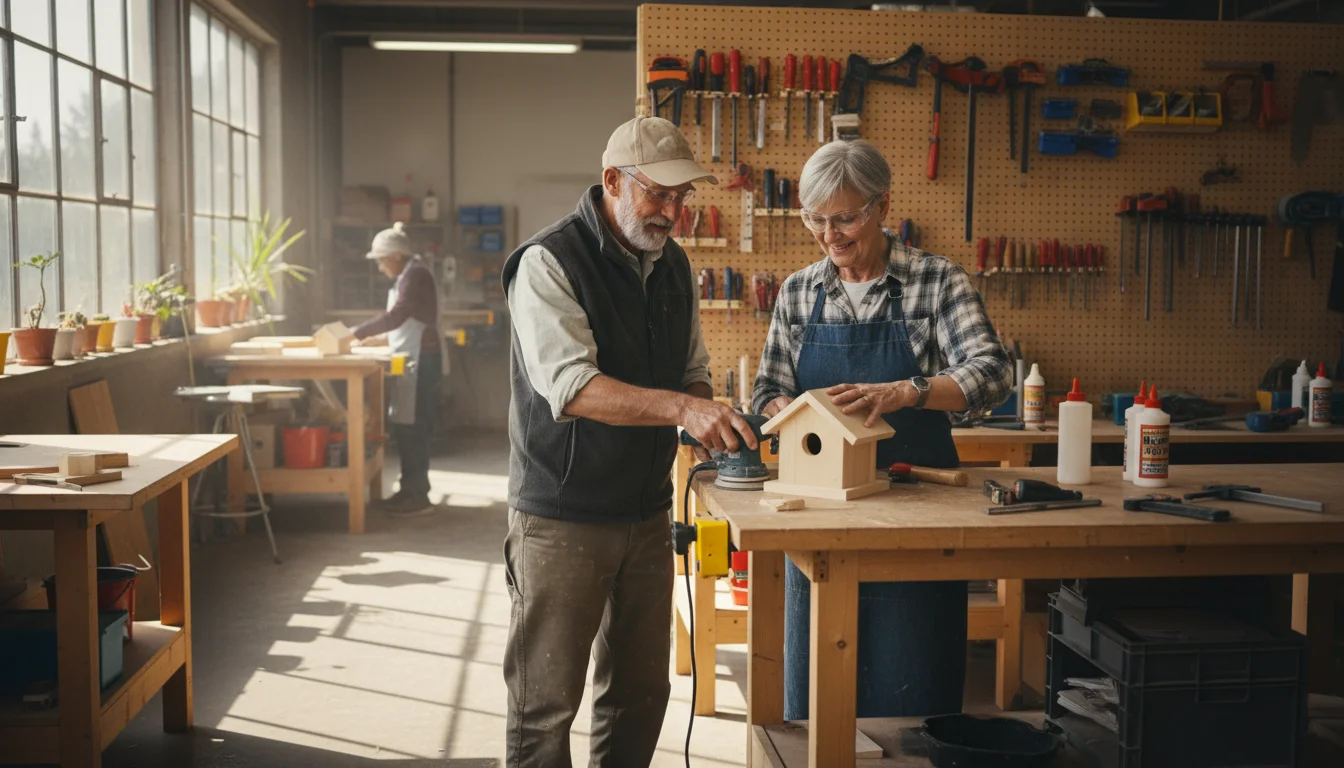
Financial Advantages
While purchasing a co-housing unit involves an upfront investment similar to a traditional home, the long-term financial picture often proves beneficial. You reduce expenses through shared resources. Consider the cost of maintaining a large yard, a guest room, or a workshop in a traditional home. In co-housing, you share these amenities and their upkeep costs with your neighbors. Many communities also promote energy efficiency and sustainable practices, leading to lower utility bills. Furthermore, the supportive environment can delay the need for more expensive assisted living facilities, preserving your financial resources for longer.
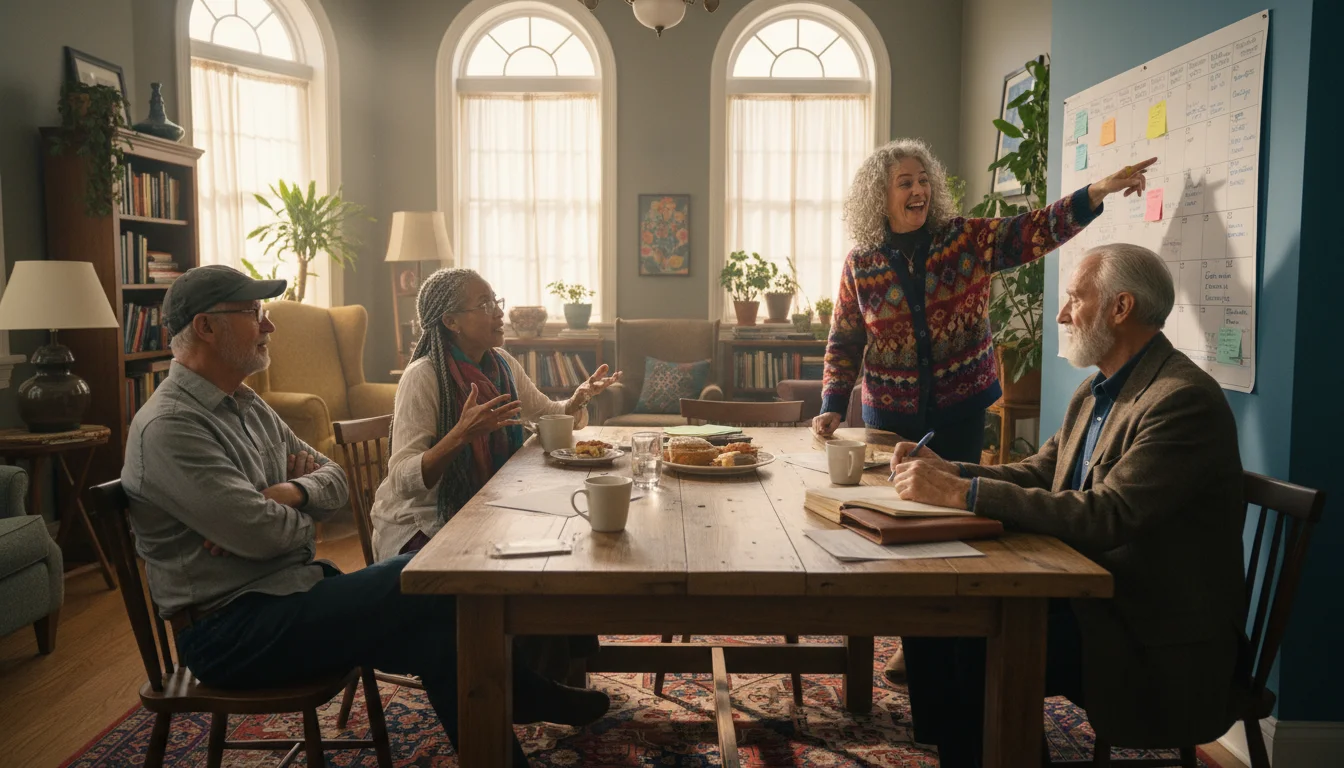
Active Lifestyle and Shared Purpose
Co-housing encourages an active, purposeful retirement. Residents frequently organize activities, from book clubs and gardening groups to art classes and game nights. Your involvement in community governance means you contribute to decisions, fostering a sense of purpose and agency. This active participation keeps your mind sharp and your body engaged. Whether you volunteer to cook a communal meal, help maintain the gardens, or serve on a committee, you discover meaningful ways to contribute your skills and experience. This contrasts sharply with environments where you remain a passive recipient of services.

Safety and Security
Living in a co-housing community offers an enhanced sense of safety and security. You have neighbors who know you, watch out for you, and respond quickly in an emergency. This informal neighborhood watch system provides peace of mind, especially for those living alone. When you travel, neighbors often collect mail, water plants, or check on your home. This collective vigilance creates a secure environment, allowing you to enjoy your retirement without constant worry.

How to Join a Senior Co-Housing Community
Embarking on the journey to join a senior co-housing community requires research, patience, and active engagement. It is a process of discovery, ensuring you find a community that aligns with your values and lifestyle.

Research and Exploration
Start your search online. Numerous websites, such as the CoHousing Association of the U.S., list existing communities and those in development. Pay attention to location, size, and the specific ethos of each community. Some communities might focus on ecological living, others on arts, and still others on a general sense of mutual support. Read their mission statements and any available resident testimonials. Identify communities that pique your interest and fit your desired geographical area.
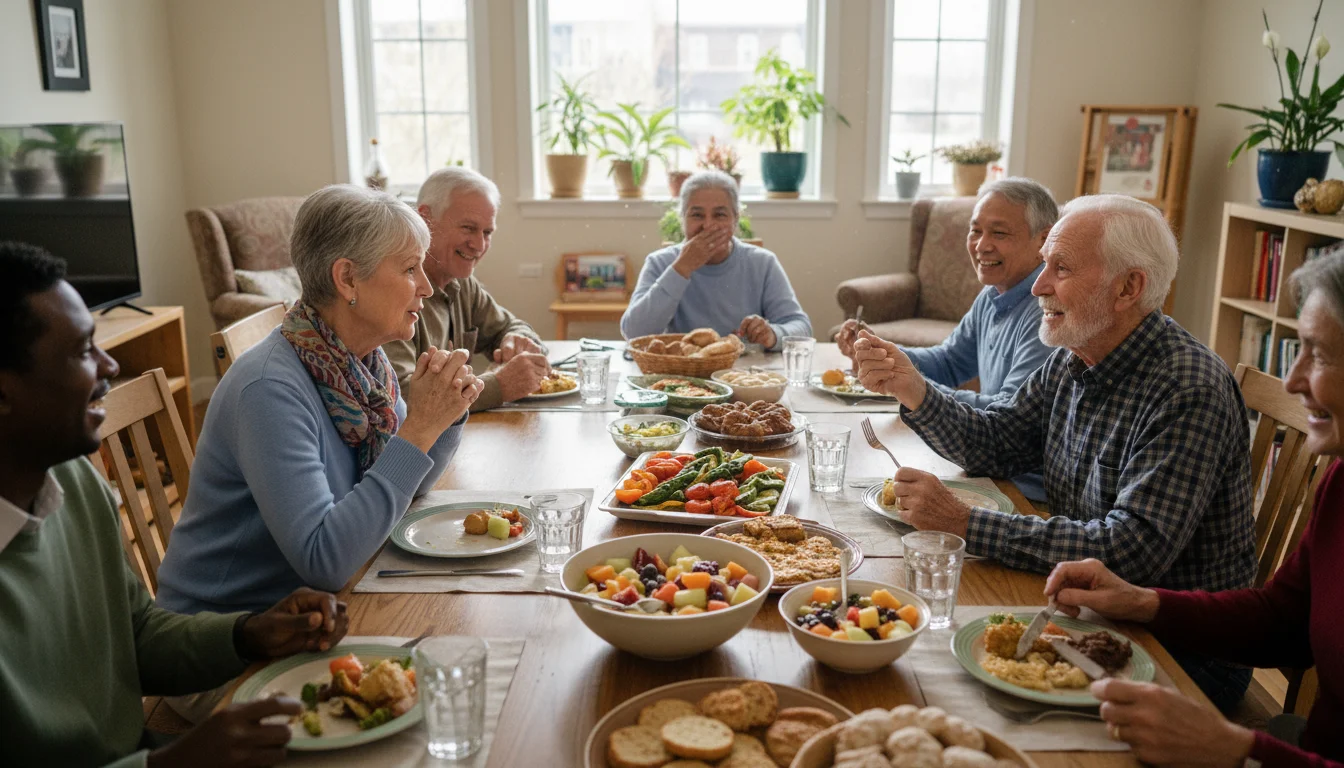
Visiting Communities and Participating in Events
The best way to understand a co-housing community involves experiencing it firsthand. Attend open houses, community workdays, or shared meals if possible. Many communities host regular informational meetings or virtual tours. Engage with current residents. Ask about their daily life, the decision-making process, and how they resolve conflicts. This provides invaluable insight into the community’s culture and dynamics. You gain a realistic picture of what living there entails, moving beyond idealized notions.

The Application and Integration Process
Once you identify a promising community, the application process typically involves an interview with current residents. This allows both you and the community members to assess mutual fit. They want to ensure new members contribute positively to the community spirit, and you want to ensure the community aligns with your expectations. Expect a probationary period after moving in, during which you actively participate in community life and decisions. This period solidifies your integration into the group. Remember, you are joining a collaborative venture, not just buying a house.

Financial Considerations
Co-housing unit costs vary widely based on location, size, and amenities. You typically purchase your private unit outright, similar to a condominium or townhome. Beyond the purchase price, you pay monthly homeowner association (HOA) fees. These fees cover the maintenance of common areas, utilities for the common house, and sometimes a portion of property taxes. Understand all financial commitments upfront, including any initial equity contributions or shared costs for community development. Seek clarity on the financial health of the community and its long-term budgeting plans.
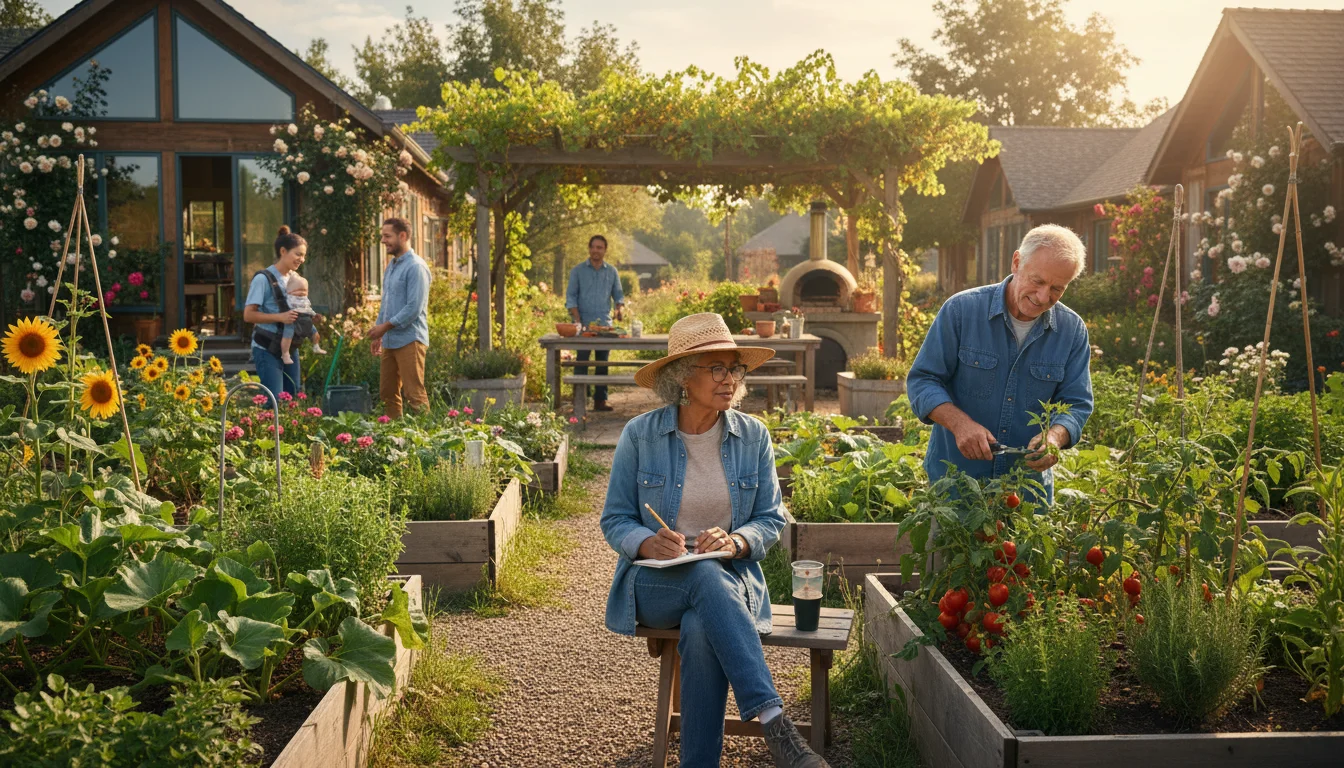
Designing Your Life in a Co-Housing Community
Choosing co-housing represents more than a housing decision; it is a lifestyle choice. You actively design a retirement rich in connection, purpose, and personal growth. Success in this environment requires understanding the balance between privacy and community, and embracing opportunities for contribution.
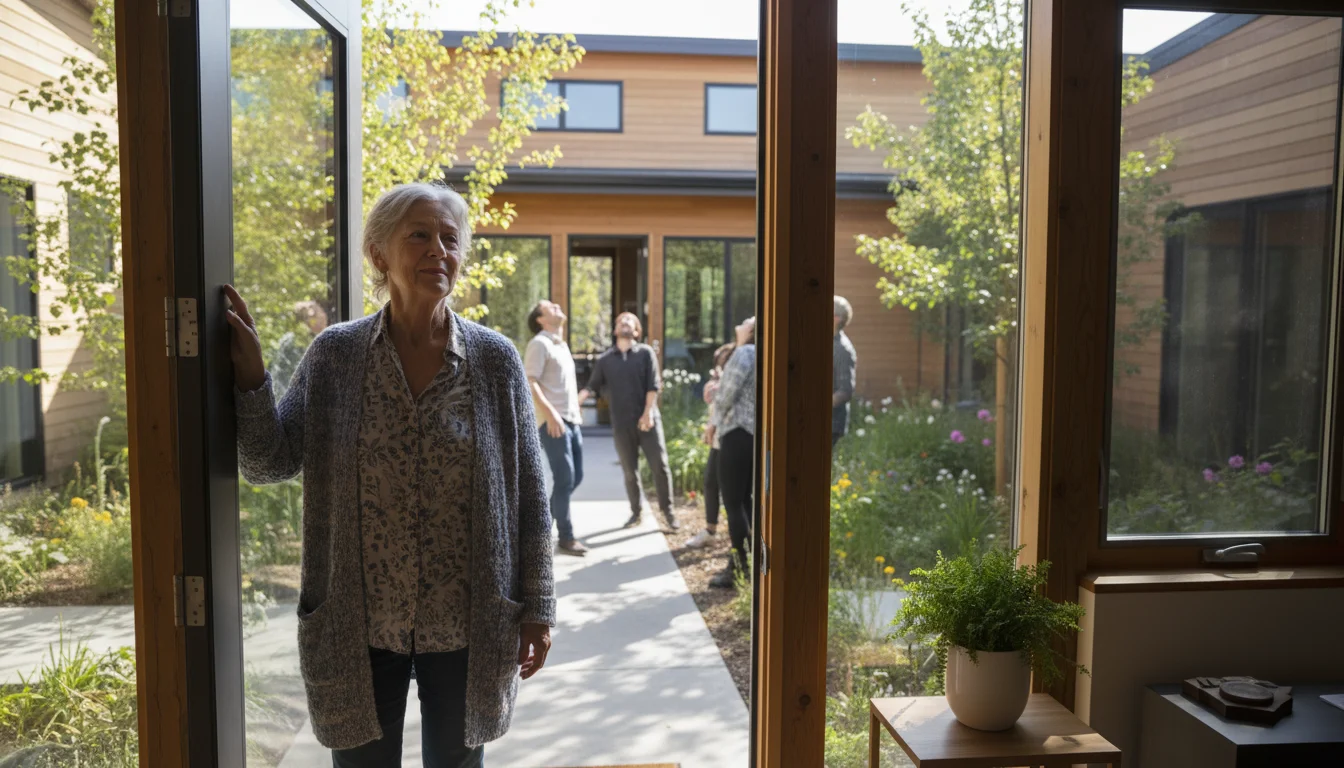
Balancing Privacy and Community
Co-housing expertly balances individual autonomy with communal living. You maintain your private home as your personal sanctuary. You decide when to engage with the community and when to enjoy solitude. The key lies in finding your personal comfort level and communicating your needs. You can participate in daily shared meals or choose to dine privately in your home. Residents respect individual boundaries while offering support and companionship. This flexibility allows you to craft a social life that truly suits you.
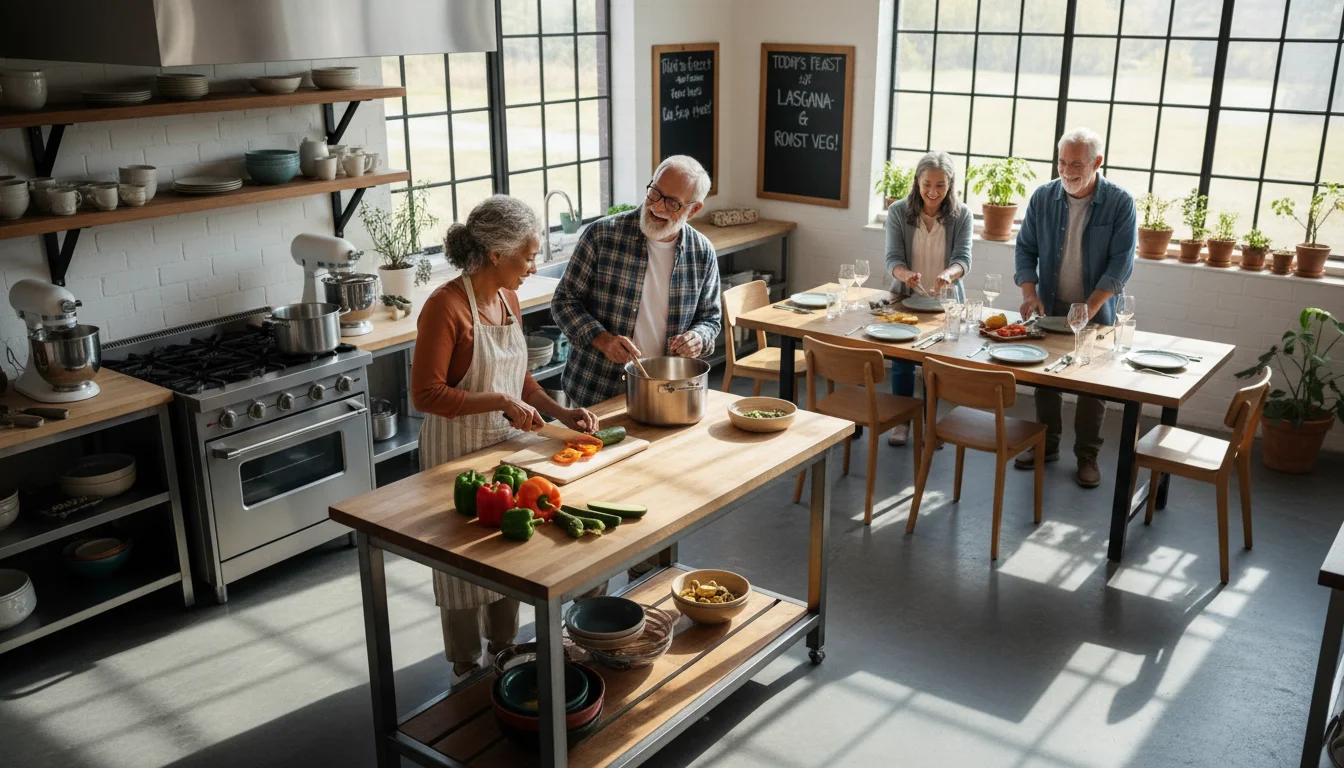
Contributing Your Skills and Passions
Co-housing thrives on the collective talents of its residents. You have an unparalleled opportunity to contribute your skills, knowledge, and passions. Are you an avid gardener? You can help manage the community gardens. Do you enjoy cooking? Volunteer for common house meals. Have expertise in finance or event planning? Join a committee. This active participation not only benefits the community, it provides you with a renewed sense of purpose and belonging. You continue to learn, grow, and share your wisdom with appreciative neighbors.

Navigating Group Decisions and Conflict Resolution
Living in an intentional community means participating in decision-making processes, often through consensus or supermajority. This requires patience, open-mindedness, and strong communication skills. You will not always agree with every decision, but you learn to value collective wisdom and compromise. Communities develop clear processes for conflict resolution, ensuring disputes are addressed respectfully and constructively. These processes might involve mediation or structured discussions, emphasizing mutual understanding and the health of the community over individual victories.
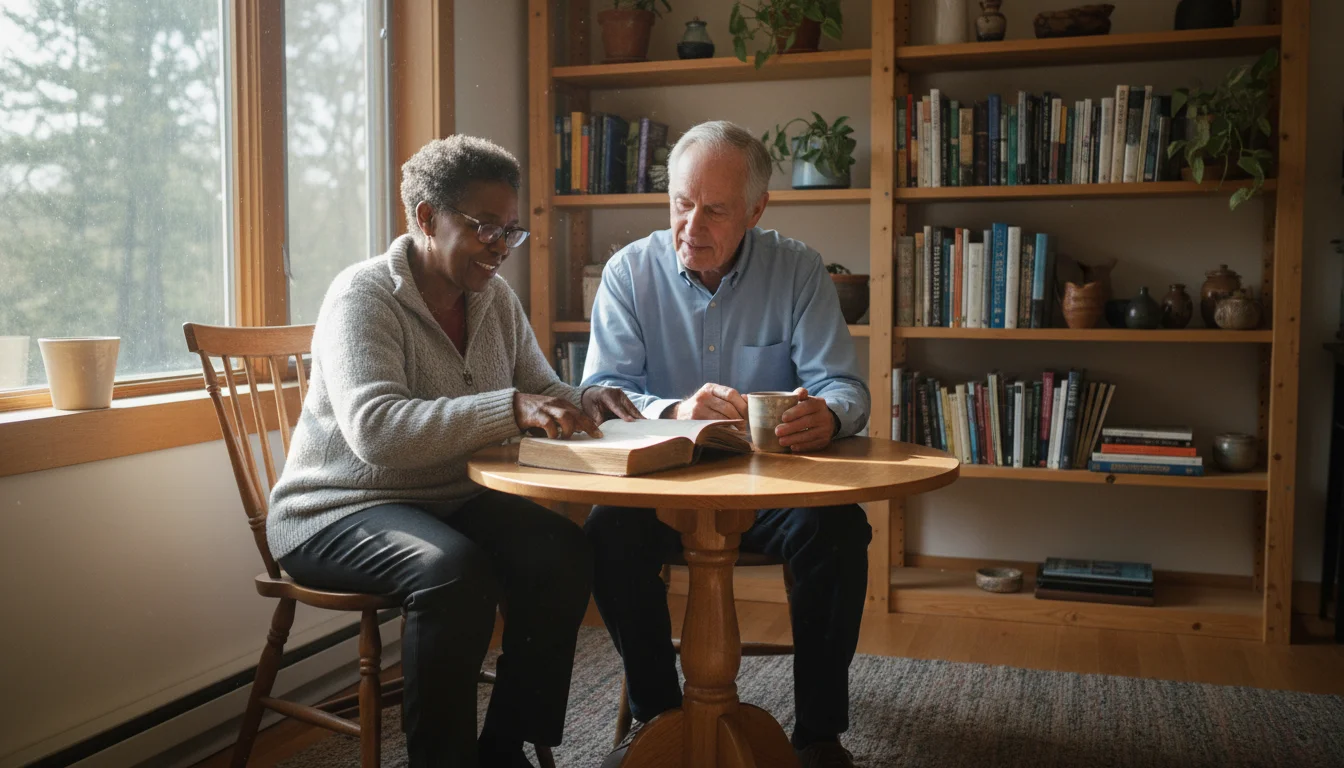
Real-Life Examples and Success Stories
The growing number of senior co-housing communities across the U.S. offers inspiring testaments to this lifestyle’s success. For instance, consider the experience of a community established in California, where residents, mostly retired professionals, designed their homes with sustainable features and built a common house that hosts weekly potlucks and skill-sharing workshops. One resident, a retired teacher, found renewed purpose organizing a community library and tutoring neighbors in various subjects. Another, a former engineer, contributes by maintaining the community’s shared tools and overseeing minor repairs.
Another successful community in the Pacific Northwest demonstrates how co-housing supports healthy aging. Here, residents actively engage in a walking group every morning, cultivating both physical health and strong bonds. When one resident experienced a fall, neighbors quickly organized a meal train and assisted with errands, allowing her to recover at home with dignity and support. These communities prove that seniors can create environments where they thrive, connected by shared values and a commitment to mutual well-being. They provide concrete examples of how shared living for seniors fosters not just housing, but a truly vibrant and supportive way of life.
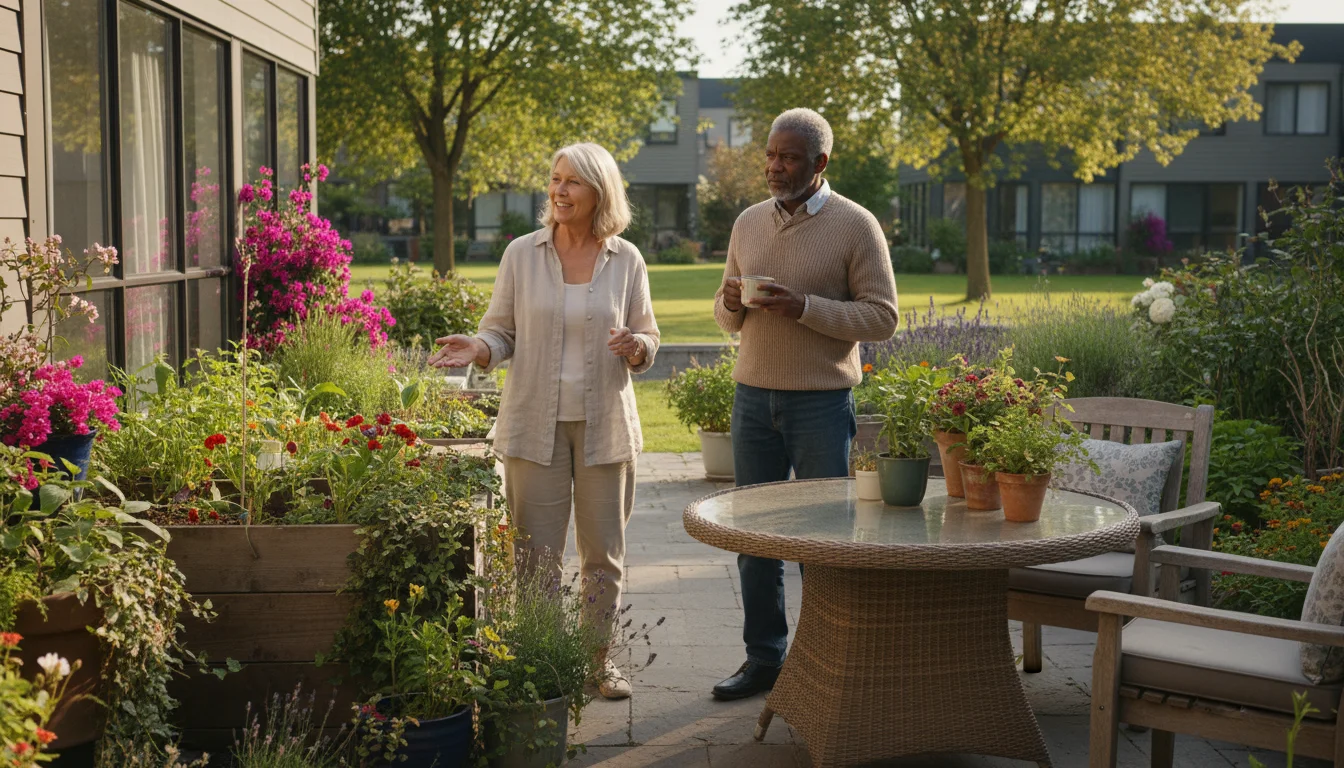
Common Concerns and How Co-Housing Addresses Them
Prospective residents often raise valid questions about co-housing. Addressing these concerns directly helps clarify the model and its benefits.
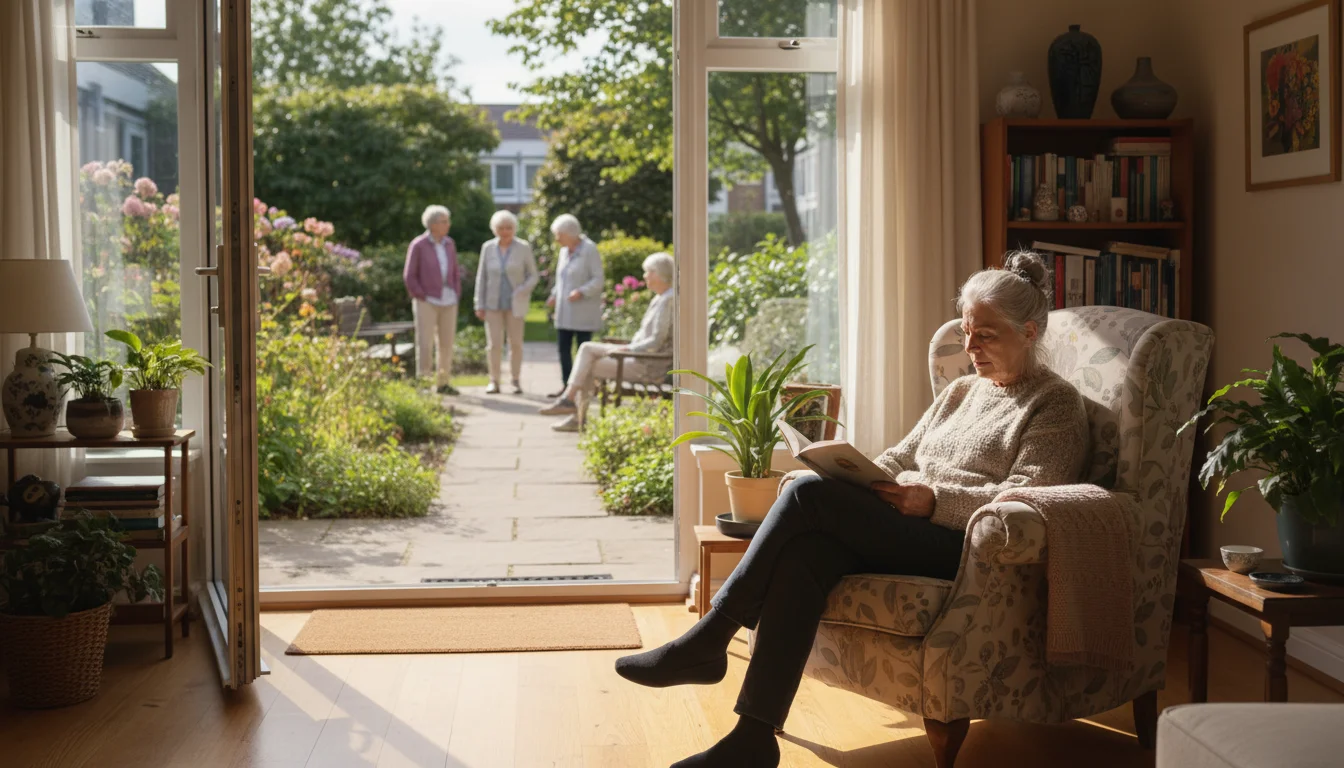
Privacy
A primary concern for many involves privacy. You might worry about losing personal space or feeling constantly obligated to socialize. Co-housing, however, specifically designs for this balance. Each resident owns a private home, providing complete autonomy and personal space. You have your own kitchen, bathroom, and living areas. The common house serves as an extension of your home, offering opportunities for social interaction when you desire it. You control your level of engagement, ensuring privacy remains paramount while connection remains accessible.

Conflict Resolution
Living in any close-knit community inevitably leads to disagreements. You might wonder how co-housing communities handle conflicts. Intentional communities prioritize effective communication and established procedures for conflict resolution. Many adopt formal processes like facilitated meetings, mediation, or consensus-building techniques. This structured approach helps address issues respectfully and constructively, preventing small disagreements from escalating. The shared commitment to the community’s well-being motivates residents to find amicable solutions, fostering a culture of mutual respect.

Costs and Financial Commitment
Understanding the financial implications is crucial. While co-housing offers financial advantages through shared resources, it requires an upfront investment and ongoing fees. It is not necessarily cheaper than all other housing options. The value lies in the lifestyle benefits and long-term support. The costs, which include purchasing your unit and paying monthly HOA fees, are transparent. Communities typically manage their finances diligently, providing residents with clear budgets and financial reports. This transparency ensures you understand where your money goes and how it contributes to the collective good.

Is Co-Housing Right for You?
Deciding if a senior co-housing community fits your retirement vision requires honest self-reflection. This lifestyle offers incredible rewards, but it also asks for active participation and a collaborative spirit. Consider these questions as you weigh your options:

Self-Assessment: Weighing Pros and Cons
Ask yourself:
- Do I value deep social connection and mutual support?
- Am I willing to actively participate in community governance and tasks?
- Do I enjoy shared meals and activities?
- Can I communicate openly and respectfully, even during disagreements?
- Do I appreciate having a balance between private space and communal amenities?
- Am I seeking a purposeful and engaged retirement, rather than a passive one?
- Do the financial aspects, including upfront investment and monthly fees, align with my budget?
If you answer yes to most of these questions, senior co-housing might be an excellent fit. You discover a lifestyle that prioritizes well-being, connection, and purposeful living.
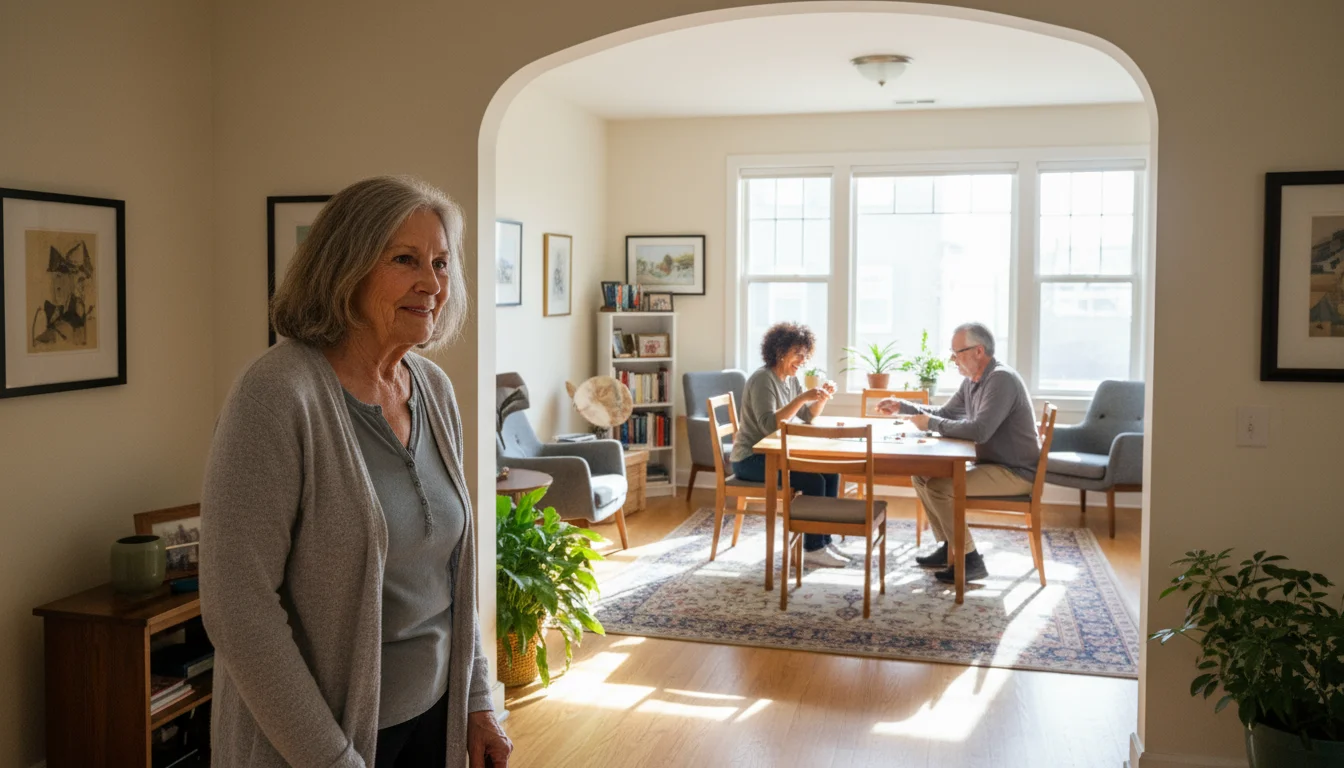
Embrace the Possibility
Exploring shared living seniors options opens a new world of possibilities. You have the chance to redefine your retirement, creating a life filled with meaning and companionship. Do not dismiss this option without thorough investigation. Visit communities, talk to residents, and imagine yourself thriving in such an intentional community. The benefits of co-housing for retirees extend far beyond housing, offering a roadmap to a truly fulfilling future.
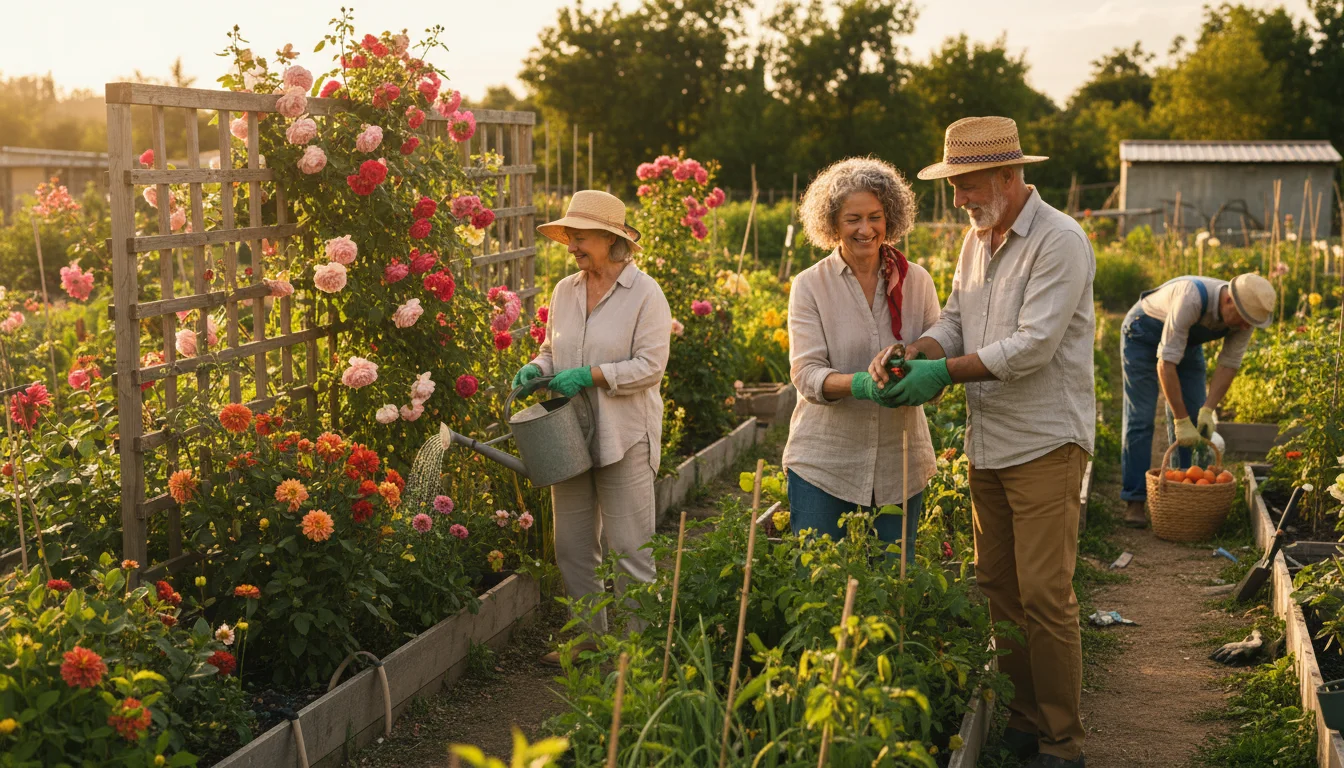
Embrace a Connected Retirement
Your retirement years offer a golden opportunity to cultivate joy, purpose, and deep connections. Senior co-housing communities provide a powerful pathway to achieve these aspirations. By choosing a model that prioritizes active participation, mutual support, and genuine camaraderie, you invest in a lifestyle that enriches every aspect of your well-being.
Move beyond the traditional notions of retirement living. Embrace the vibrant potential of an intentional community. Discover how to join a senior co-housing community and take the first step toward a future where loneliness becomes a distant memory, replaced by the warmth of shared experiences and lasting friendships. Your complete guide to senior co-housing communities has illuminated the path. Now, envision your own connected, engaged, and thoroughly enjoyable retirement. You deserve nothing less.
Disclaimer: The information provided in this article is for general informational purposes only and does not constitute financial, legal, or medical advice. Always consult with qualified professionals for personalized guidance.


